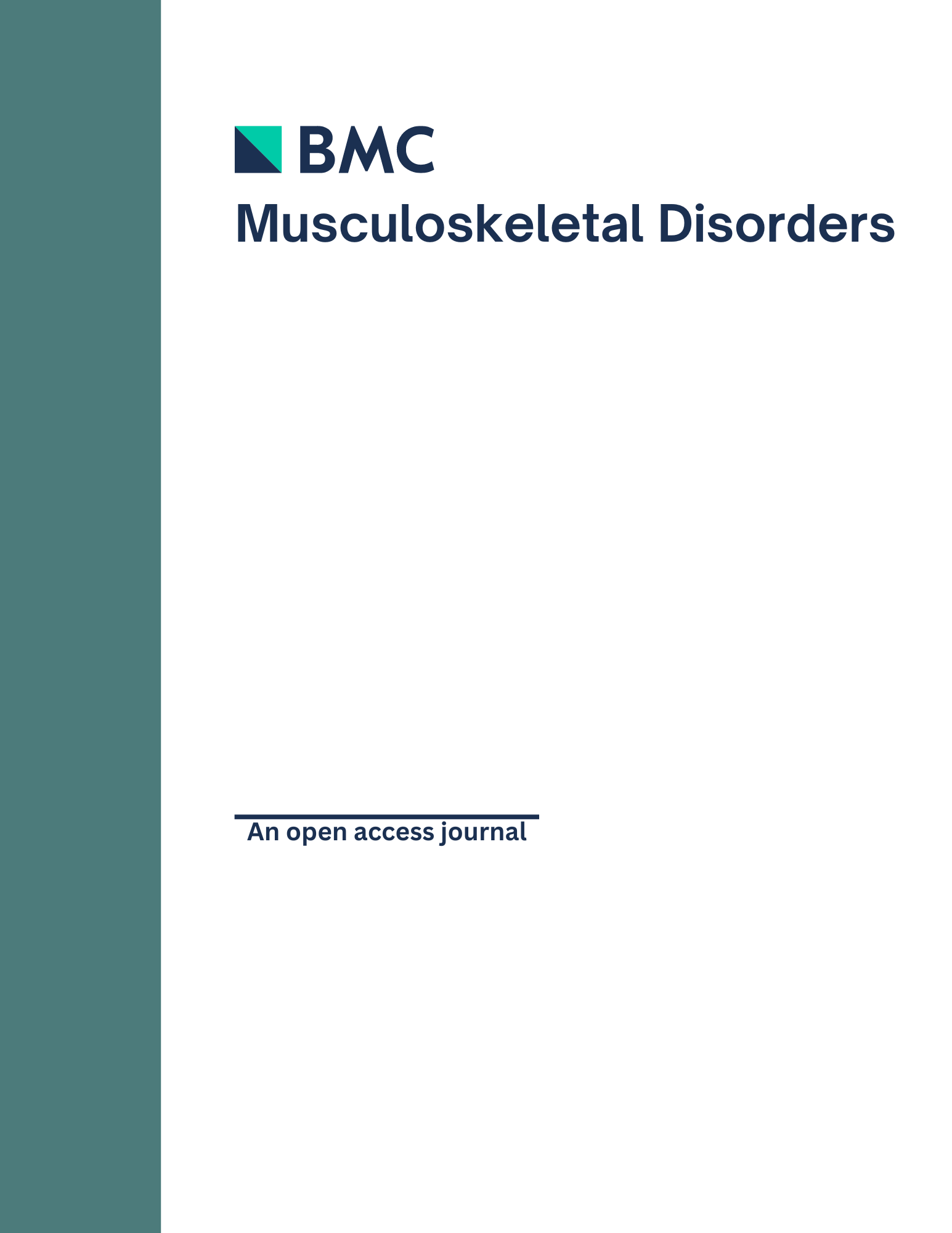
Varying naprapathy & manual therapy combinations similarly effective for neck/back pain

Varying naprapathy & manual therapy combinations similarly effective for neck/back pain
Three combinations of manual therapy techniques within naprapathy in the treatment of neck and/or back pain: a randomized controlled trial
BMC Musculoskelet Disord. 2016 Apr 23;17(1):176Synopsis
1057 patients with neck and/or back pain were randomized to receive one of the three following treatments: naprapathic manual therapy (NMT), NMT excluding spinal manipulation, or NMT excluding stretching. The purpose of this study was to evaluate the three methods of treatment to determine their comparative efficacy in terms of pain intensity, pain related disability, and perceived recovery after one year. Findings indicated no significant differences in outcomes of NMT, regardless of whether components of the treatment were omitted or not.
Was the allocation sequence adequately generated?
Was allocation adequately concealed?
Blinding Treatment Providers: Was knowledge of the allocated interventions adequately prevented?
Blinding Outcome Assessors: Was knowledge of the allocated interventions adequately prevented?
Blinding Patients: Was knowledge of the allocated interventions adequately prevented?
Was loss to follow-up (missing outcome data) infrequent?
Are reports of the study free of suggestion of selective outcome reporting?
Were outcomes objective, patient-important and assessed in a manner to limit bias (ie. duplicate assessors, Independent assessors)?
Was the sample size sufficiently large to assure a balance of prognosis and sufficiently large number of outcome events?
Was investigator expertise/experience with both treatment and control techniques likely the same (ie.were criteria for surgeon participation/expertise provided)?
Yes = 1
Uncertain = 0.5
Not Relevant = 0
No = 0
The Reporting Criteria Assessment evaluates the transparency with which authors report the methodological and trial characteristics of the trial within the publication. The assessment is divided into five categories which are presented below.
4/4
Randomization
2/4
Outcome Measurements
4/4
Inclusion / Exclusion
4/4
Therapy Description
3/4
Statistics
Detsky AS, Naylor CD, O'Rourke K, McGeer AJ, L'Abbé KA. J Clin Epidemiol. 1992;45:255-65
The Fragility Index is a tool that aids in the interpretation of significant findings, providing a measure of strength for a result. The Fragility Index represents the number of consecutive events that need to be added to a dichotomous outcome to make the finding no longer significant. A small number represents a weaker finding and a large number represents a stronger finding.
Why was this study needed now?
Neck and back pain are common musculoskeletal disorders in the general population and can result in a substantial financial burden. To alleviate costs, manual therapists often perform naprapathic manual therapy (NMT), a combination of therapy modalities such as spinal manipulation, spinal mobilization, stretching, and massage. Previous literature regarding manual therapy for treatment of neck and back pain indicate conflicting evidence, and long-term efficacy is still unclear. Naprapathic manual therapy (NMT) is still a relatively new method of treatment therefore, further evidence is required to provide a conclusive result on its efficacy. The present study evaluates different combinations of manual therapies to determine the optimal combination.
What was the principal research question?
In treatment of neck and/or back pain, is there a superior treatment between naprapathy manual therapy (NMT), NMT without spinal manipulation, and NMT without stretching with regards to pain intensity, pain related disabilities, or perceived recovery, as assessed up to 1 year?
What were the important findings?
- Minimal clinically important improvement (MCI) in pain intensity were similar when NMT was compared to NMT without spinal manipulation and NMT without stretching at 7, 12, 26, and 52 weeks
- MCI in pain related disability were similar when NMT was compared to NMT without spinal manipulation and NMT without stretching at 7, 12, 26, and 52 weeks
- Perceived recovery were similar when NMT was compared to NMT without spinal manipulation and NMT without stretching at 7, 12, 26, and 52 weeks
- The generalized estimating equations (GEE) conducted found no significant differences in effect between the three treatment arms for MCI in pain intensity (p=0.41, Wald test), and pain related disability (p=0.85, Wald test) at one year follow-up
- The GEE framework found no significant differences in perceived recovery effects between the three treatment arms (p=0.98, Wald test)
What should I remember most?
In treatment of neck and/or back pain, naprapathic manual therapy was reported to be similarly effective in minimal clinically important improvement in pain intensity and pain related disability, as well as perceived recovery, regardless of whether spinal manipulation or stretching were excluded from the therapy treatment.
How will this affect the care of my patients?
The findings of this study suggest that naprapathic manual therapy (NMT) with spinal manipulation, spinal mobilization, stretching, and massage is similarly effective to NMT without spinal manipulation or NMT without stretching. Future studies should include a control group to determine the overall efficacy of naprapathic manual therapy, and experienced senior therapists and implementation of patient-blinding should be utilized for higher-quality evidence.
Learn about our AI Driven
High Impact Search Feature
Our AI driven High Impact metric calculates the impact an article will have by considering both the publishing journal and the content of the article itself. Built using the latest advances in natural language processing, OE High Impact predicts an article’s future number of citations better than impact factor alone.
Continue



 LOGIN
LOGIN

Join the Conversation
Please Login or Join to leave comments.